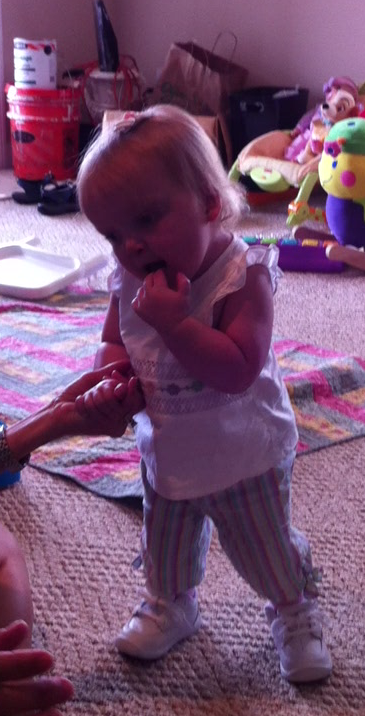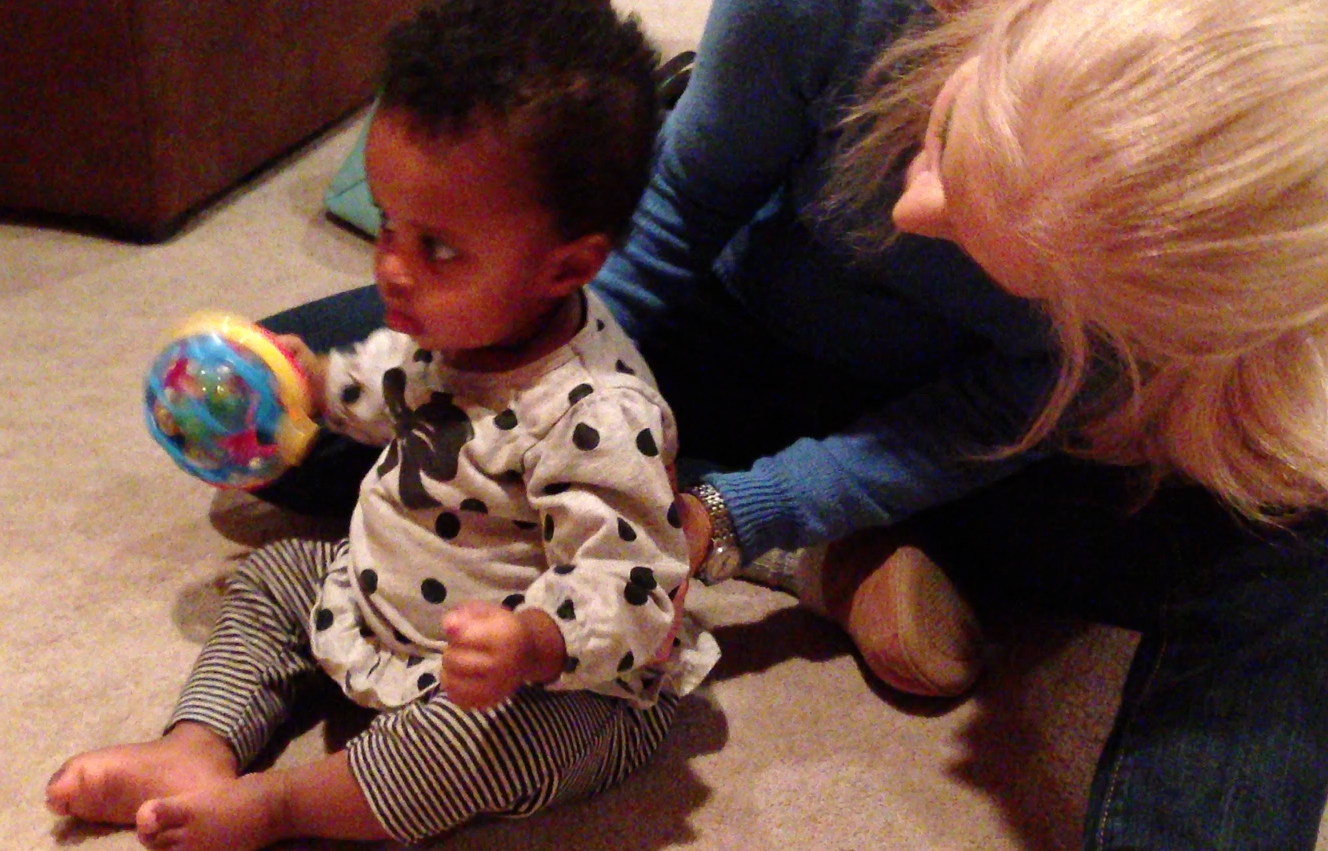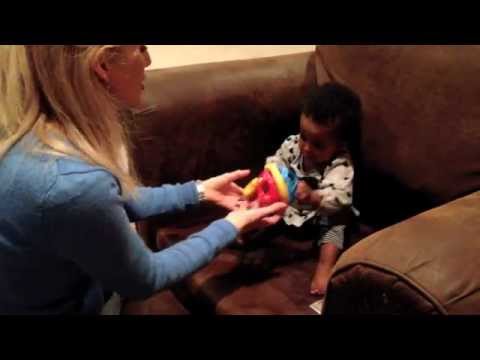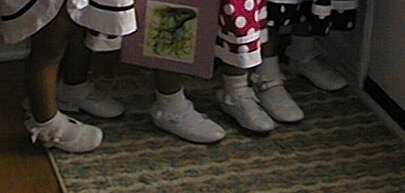Your baby needs time every day on his/her tummy to develop good muscle balance and strength. Although it is recommended that your child sleep on his/her back, it is important that you take time during the waking hours and place your child on his/her belly. If you are having trouble getting your baby to tolerate this position, here are some simple ways to help your baby love tummy time.
Did you know that you can actually reduce your baby’s risk for SIDS by helping your baby strengthen neck muscles to be able to move his or her head? This helps your baby move away from items that can smother him or her.
The following is a simple list of ways to help your baby love tummy time:
1.) Tummy time can be as little as 5 seconds!
If your child gets irritated after a few seconds, give him/her a short break and then do it again. It’s okay to do small amounts at a time as he/she gets used to this position.
2.) Help your child keep his/her arms tucked underneath and palms facing down
3.) Don’t do tummy time right after eating—this can cause more spit-up and discomfort.
4.) If your baby has a G-button or a hernia, tummy time is still okay in most instances. Check with your pediatrician to make sure.
5.) Watch for signs of distress and change your child’s position.
Ways to accomplish Tummy Time:
1. Place a childproof mirror or brightly colored book/toy in front
2. Place your child on his/her tummy facing you on your chest while you sit in a reclined position. This will make it easier for him/her to lift his/her head and your baby will love looking at you!
3. Lie on the ground facing your baby and talk/play.
4. Lay your baby across your lap with a book or toy beside you to motivate him/her to lift his/her head.
Note:
–Avoid placing objects too high because this will cause your baby to lift his/her head too much and overextend.
–Also, if your baby has a slight head tilt (torticollis) make sure you put all objects straight in front for now. Talk to your physical therapist about this and make sure they teach you how to progress this, etc.
5. If your baby has some head control, sit your baby up and have him/her lean forward onto your hands or place his/her hands on a pillow. Allowing her to put weight through his/her arms is similar to the pushing up on his/her belly.
There are many more ways to accomplish improving the strength needed for your child to enjoy tummy time more. There are some medical issues that can cause problems with tolerance to tummy time as well. One of these is reflux.
—ALWAYS STAY WITH YOUR CHILD when they are on their tummy.
Check out more ideas and games in my available books HERE









